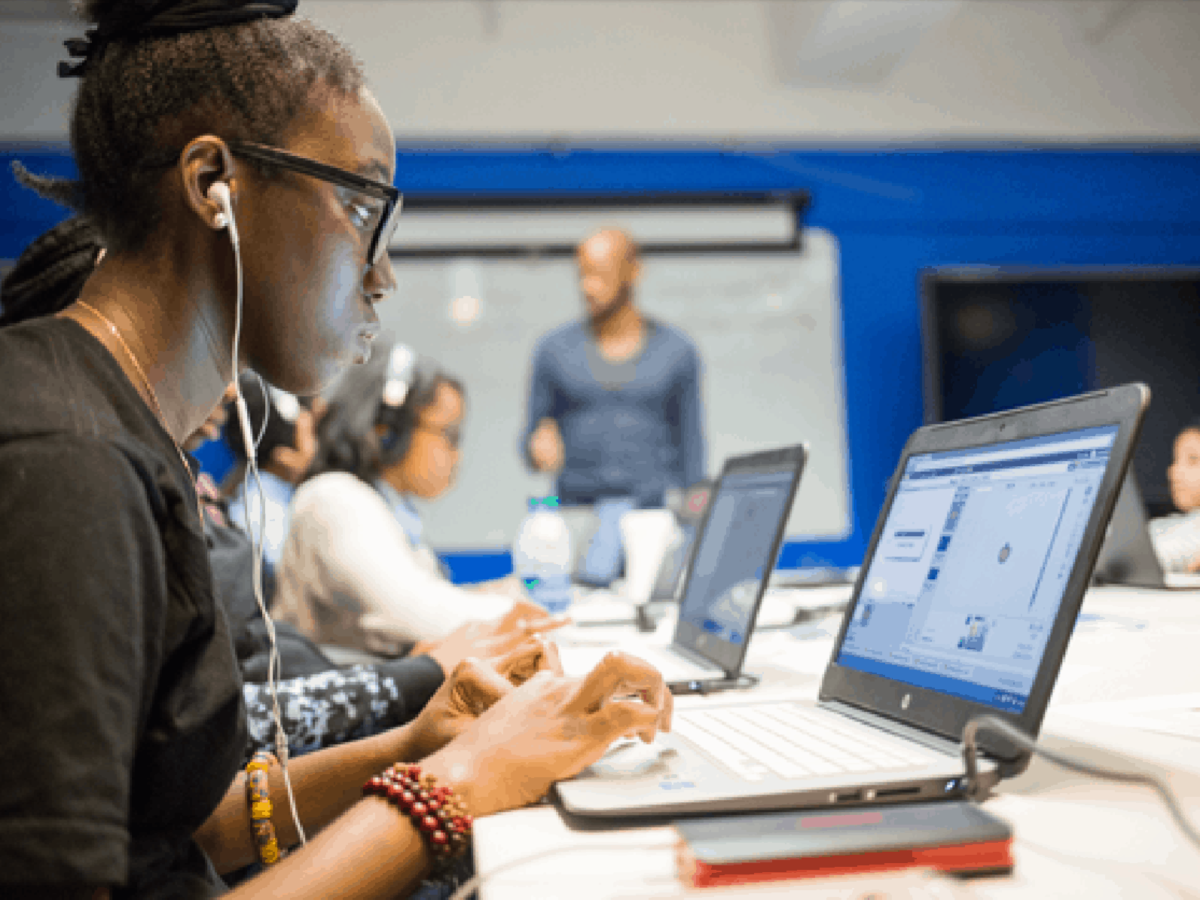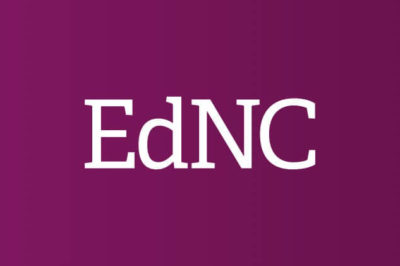
When teachers and students assemble in classrooms, they all arrive bearing bundles of life experiences and mental reflexes, anxieties and aspirations, perceptions and misperceptions. Educational achievement depends not only on subject-matter content but also on the interplay of personalities, patterns of thought, and expectations.
In a new paper given attention by the Brookings Institution, two scholars draw from an array of research to show that “unconscious bias’’ develops in all people “shaped by their lived experiences and the broader social contexts in which we live and work.” Unconscious bias, they argue, “likely perpetuates socio-economic, gender and racial gaps in educational outcomes…”
The paper’s authors are Seth Gershenson of American University and Thomas S. Dee of Stanford University, who had support from the Google for Education unit. They posted a blog, and a link to their paper, on the “chalkboard’’ feature of Brookings’s Brown Center on Education Policy.
For a paper supported by Google, it is not surprising that it focuses especially on too-few women, blacks, and Latinos in computer science as well as science, technology, engineering, and math. Science or math classrooms with male-oriented decorations can send unwelcome cues to female students, for example. In computer science and STEM, the authors contend, unconscious bias “effectively deprives society of the talent and ingenuity that drives technological progress.”
But the Gershenson-Dee paper goes beyond the STEM implications and points to research suggesting that “about half of the black-white achievement gap is attributable to within-school sources.” It is not a blame-the-teacher screed. Nor is it a call for political correctness in the classroom.
Still, the paper serves as a reminder of the power of language, symbolism, and stereotypes. Unconscious bias, says the paper, “can create feedback loops and self-fulfilling prophesies that perpetuate inequities, even create inequities where none existed before.”
How teachers, parents, and other adults talk about and to young people as students matters.
It can make a difference in a child’s life whether he or she is held to high expectations or given little encouragement academically. Consider, then, the language used by North Carolina’s educational authorities in defining the meaning of end-of-grade test scores.
Three years ago, the state Board of Education adopted five “achievement levels’’ for interpreting students’ test performance – students at levels 4 and 5 are considered well-prepared academically, while students at levels 1 and 2 have limited proficiency and need further academic support. The board added a level 3 in math and reading, and said students at level 3 are prepared for the next grade “but are not yet on track for college-and-career readiness without additional academic support.”
This language may be descriptive, clinically speaking; it may not arise from unconscious bias. Still, isn’t it a little early to signal to 4th, 5th and 6th grade students that they are not on track to college? Perhaps the language is intended as spur to academic achievement, but isn’t it just as likely to sap motivation from economically-distressed parents, without education beyond high school themselves, to push their children to stretch academically?
While the authors of the unconscious-bias paper do not mention practices in North Carolina, they offer advice that arises from their review of the research. They say that it is counterproductive to ask people to suppress biases, but rather they propose interventions that diminish the consequences. They favor “teacher-facing’’ interventions, including cultural competency education, attention to classroom and school environment, and nurturing educators to confront their own biases “without shaming or blaming.”
“It is important that well-established and tested theories inform the design of teacher-PD (professional development) programs,’’ say Gershenson and Dee. “In particular, interventions that encourage teachers to see students as individuals instead of as categories and that build empathy and high expectations are particularly promising.”
It is important, too, that policymakers support principals, teachers, university researchers, and professional development institutions in addressing unconscious bias, and in communicating with students and parents so as to elevate expectations and achievement.
DPI’s Reading Tests Achievement Levels: http://www.ncpublicschools.org/docs/accountability/testing/achievelevels/eogelaald14.pdf
DPI’s Math Tests Achievement Levels: http://www.ncpublicschools.org/docs/accountability/testing/achievelevels/eogmathald14.pdf


